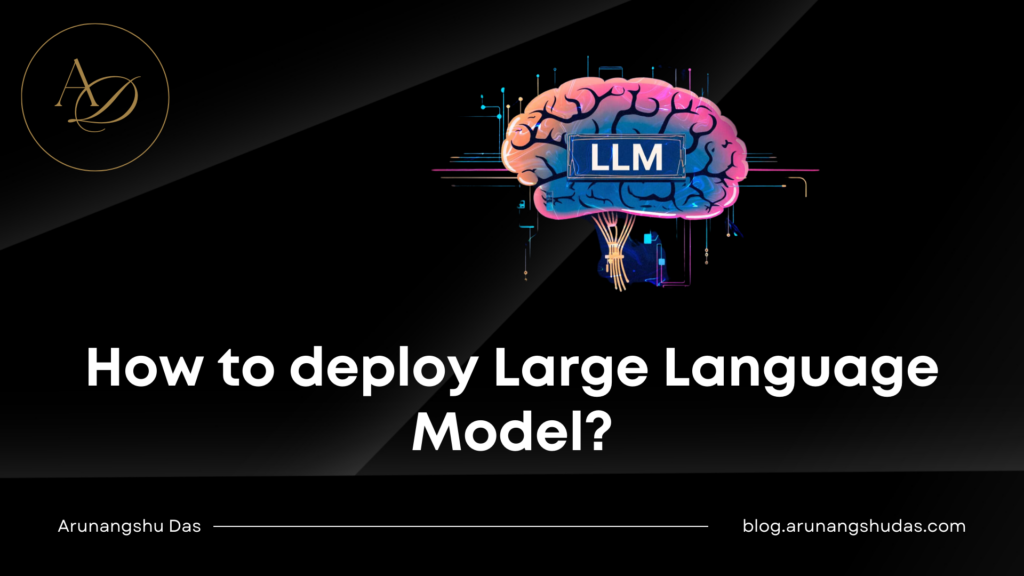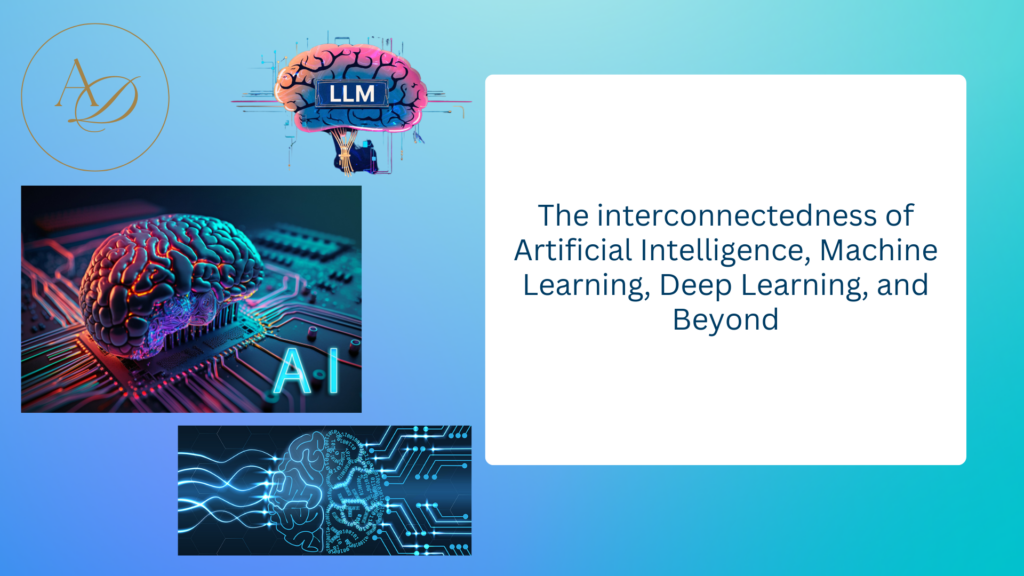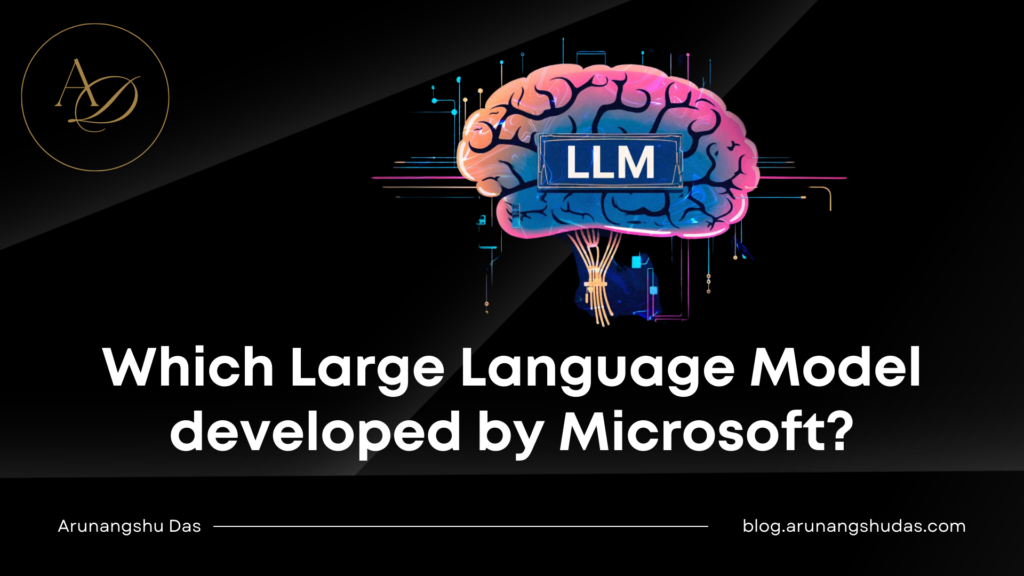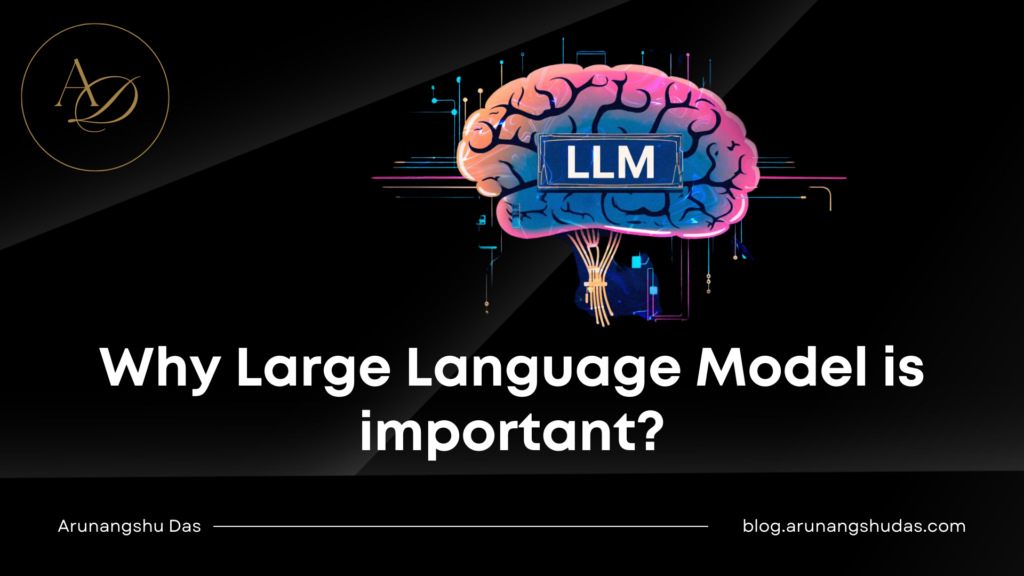Large Language Models (LLMs) have become incredibly powerful, but their massive size makes them challenging to deploy efficiently. That’s where LLM distillation comes in—shrinking these models while retaining their intelligence. The goal is to create a lighter, faster, and more cost-effective version of the model without sacrificing too much performance.
If you’re looking to distill an LLM effectively, here are seven practical tips to ensure the process is smooth and impactful.
1. Focus on Task-Specific Knowledge Retention
Not all knowledge in an LLM is equally useful for your application. If you’re distilling an LLM for code generation, for example, you don’t need to retain its general knowledge about history or cooking.
Tip:
- Use task-specific datasets for distillation.
- Fine-tune the teacher model before distillation to emphasize important patterns.
This targeted approach ensures your student model is lean and smart rather than bloated with unnecessary information.
2. Leverage Multi-Stage Distillation
Instead of trying to shrink an LLM in one big step, consider using a multi-stage approach. This means gradually distilling the model in phases, fine-tuning at each stage to maintain quality.
Why?
- A drastic reduction in model size often leads to performance collapse.
- A gradual, step-by-step distillation process prevents catastrophic loss of knowledge.
Think of it like weight loss—losing weight slowly with a healthy diet and exercise is better than crash dieting.
3. Use Intermediate Layer Matching
Most naive distillation techniques focus on just the model’s final outputs. However, LLMs store a lot of useful knowledge in intermediate layers. By aligning these layers between the teacher and student models, you retain more depth of understanding.
How to do it?
- Use hidden-state loss functions to align feature representations in different layers.
- Match activations of early, middle, and later layers for a balanced transfer of knowledge.
This technique leads to a student model that thinks more like the teacher rather than just mimicking its answers.
4. Optimize Loss Functions for Distillation
Standard cross-entropy loss is not enough for LLM distillation. A better approach is to use a combination of loss functions that encourage knowledge retention.
Recommended loss functions:
- KL Divergence Loss: Ensures soft probabilities from the teacher are transferred well.
- MSE Loss (Mean Squared Error): Helps align the hidden state representations.
- Perplexity-based Loss: Helps the student model achieve a similar level of confidence in its predictions.
Using multiple loss functions helps the student model grasp the essence of the teacher model rather than just regurgitate answers.
5. Take Advantage of Knowledge Transfer Techniques
Sometimes, instead of pure distillation, it’s useful to apply additional techniques that help in knowledge transfer.
Some methods include:
- Self-distillation: A model learns from its own predictions, refining itself over time.
- Contrastive learning: Helps the student model learn nuanced differences between similar responses.
- Feature-based transfer: Extracts useful features from the teacher model instead of just output logits.
A well-designed distillation process doesn’t just shrink the model—it enhances the learning process itself.
6. Train with a Mixture of Hard and Soft Labels
When distilling an LLM, you can use:
- Hard labels (actual correct answers)
- Soft labels (probabilistic outputs from the teacher model)
Hard labels help in traditional supervised learning, but soft labels capture richer relationships between outputs.
Example:
A teacher LLM might predict:
- “Paris is the capital of France” → 99% confidence
- “Berlin is the capital of Germany” → 98% confidence
- “Rome is the capital of Germany” → 1% confidence
A student model trained only on hard labels would learn a black-and-white view, while soft labels help it understand degrees of correctness.
7. Evaluate with Real-World Benchmarks
After distilling your model, don’t just rely on accuracy scores—test it in real-world scenarios.
How to evaluate effectively?
- Use human evaluations alongside automated metrics.
- Check for hallucinations (does the model make up information?).
- Measure performance on domain-specific benchmarks instead of generic datasets.
- Compare inference speed and resource consumption before and after distillation.
A distilled model isn’t just about being smaller—it should work well in practical applications without surprises.
Final Thoughts
Effective LLM distillation is a fine balance between reducing size and retaining intelligence. By carefully choosing task-specific data, optimizing loss functions, and evaluating real-world performance, you can create a highly efficient, practical LLM that delivers strong results without the heavy computational cost.
You may also like:
1) 5 Common Mistakes in Backend Optimization
2) 7 Tips for Boosting Your API Performance
3) How to Identify Bottlenecks in Your Backend
4) 8 Tools for Developing Scalable Backend Solutions
5) 5 Key Components of a Scalable Backend System
6) 6 Common Mistakes in Backend Architecture Design
7) 7 Essential Tips for Scalable Backend Architecture
8) Token-Based Authentication: Choosing Between JWT and Paseto for Modern Applications
9) API Rate Limiting and Abuse Prevention Strategies in Node.js for High-Traffic APIs
10) Can You Answer This Senior-Level JavaScript Promise Interview Question?
11) 5 Reasons JWT May Not Be the Best Choice
12) 7 Productivity Hacks I Stole From a Principal Software Engineer
13) 7 Common Mistakes in package.json Configuration
Read more blogs from Here
Share your experiences in the comments, and let’s discuss how to tackle them!
Follow me on Linkedin








